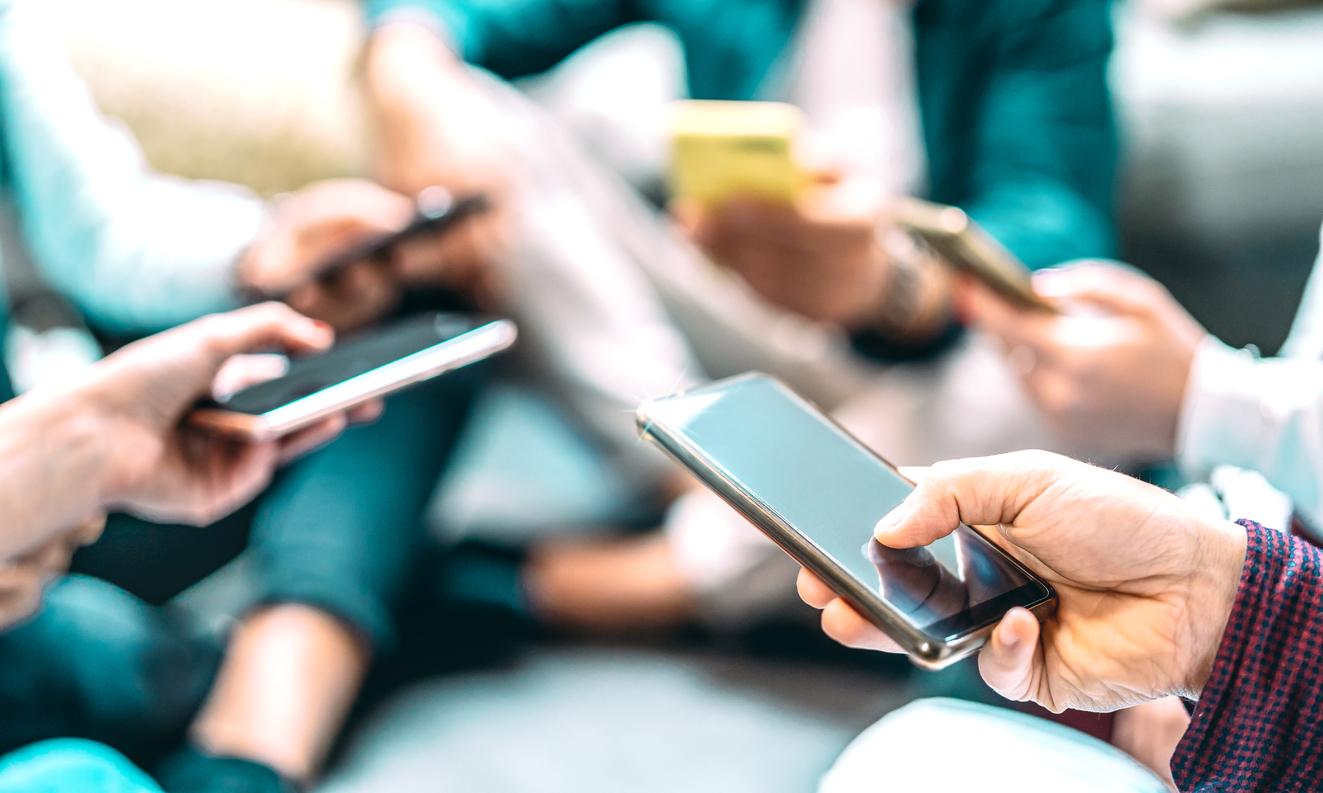
Smartphones have revolutionized the way we travel. Gone are the days of calling every potential venue individually, waiting to speak to someone, asking for additional information, and then, finally, making a reservation. Everything from hotels to travel routes to painless itinerary building has become as simple as making a cup of coffee in the morning. You can do pretty much everything from your phone. Let’s discuss how you can use them to plan your trips.
Directions
A few decades ago, we relied on maps to get us from point A to point B. While there is nothing inherently wrong with maps, they do have a few significant drawbacks. The first is that you must know where you are to determine where to go next. If you take a wrong turn somewhere, it can be difficult to figure out your next move. Maps can also be unwieldy, making using them while driving dangerous and impractical.
Of course, if you lose a map, you’re in for a long drive until you can find somewhere to purchase a new one. This isn’t the worst experience if you’re traveling on a well-charted route with plenty of rest and information areas, but it can quickly become quite precarious if you’re on more remote highways.
Smartphones, with their integrated GPS functionality, make all the above easier. All you need to do is open your phone, enter your destination address and start driving — the phone tracks your movements and warns you if you go off course. This kind of app also typically relays real-time traffic notifications, helping you avoid crashes and road construction.
Using it while driving is safe and easy, provided you use voice commands and mount the phone where you can see it without taking your eyes from the road. Misplacing your phone is a lot more difficult than forgetting a map at a rest stop too, so you’re less likely to find yourself without access to accurate directions.
Organizing activities
Creating an itinerary used to be a taxing process. You typically had to call travel agents for more information about a particular area and the activities available there. Travel agent pricing was likely your only option too, unless you had friends or family in the area to secure deals on your behalf. This made traveling both more stressful and more strenuous, taking away from the fun of a relaxing trip away from work and other life responsibilities.
Smartphones have fixed this issue in a few different ways. Firstly, they connect users to the internet, where information about local attractions is typically available. They also offer local entertainment apps, which can help users stay engaged with their interests. Depending on where users aim to travel, some apps give users easy access to things like a local Canadian bingo lobby or even spur-of-the-moment events. Organizing activities is a lot more fun with smartphone apps designed to take the burden of research off the end-user.
Information
Information gathering hasn’t always been as straightforward as it is today. As we briefly mentioned above, travelers previously often needed a middleman to offer them information about various accommodation and activity options. This was sometimes more costly than necessary, particularly if utilizing the services of a travel agent who charged for their time.
Middlemen in these situations were typically motivated to make a sale too, which could lead to nasty surprises when travelers made it to their hotels. From dangerous areas to dirty buildings, people who made plans based wholly on someone else’s information could find themselves in vacation-ruining situations.
Smartphones have largely eliminated these issues. The internet holds a wealth of information about destinations all around the world, from little-known gems to polished favorites, and it’s all available at your fingertips. User reviews offer a practical overview of an area, while pictures and crime statistics help paint a broader picture of the locale’s safety.
Making bookings
We’ve touched on this briefly above, but making bookings used to be time-consuming. If you planned a trip without the help of a travel agent, you had to call local accommodations for availability and prices, which could sometimes be a lengthy process. Sometimes you couldn’t even book over the phone as you had to be at the hotel in person to do that. Thanks to smartphones, the process is now as simple as opening an app and clicking “reserve”.
Smartphones have revolutionized the way we approach both long and short trips, making the planning process an incredibly streamlined one. There’s no time like the present to head out into the great unknown!


